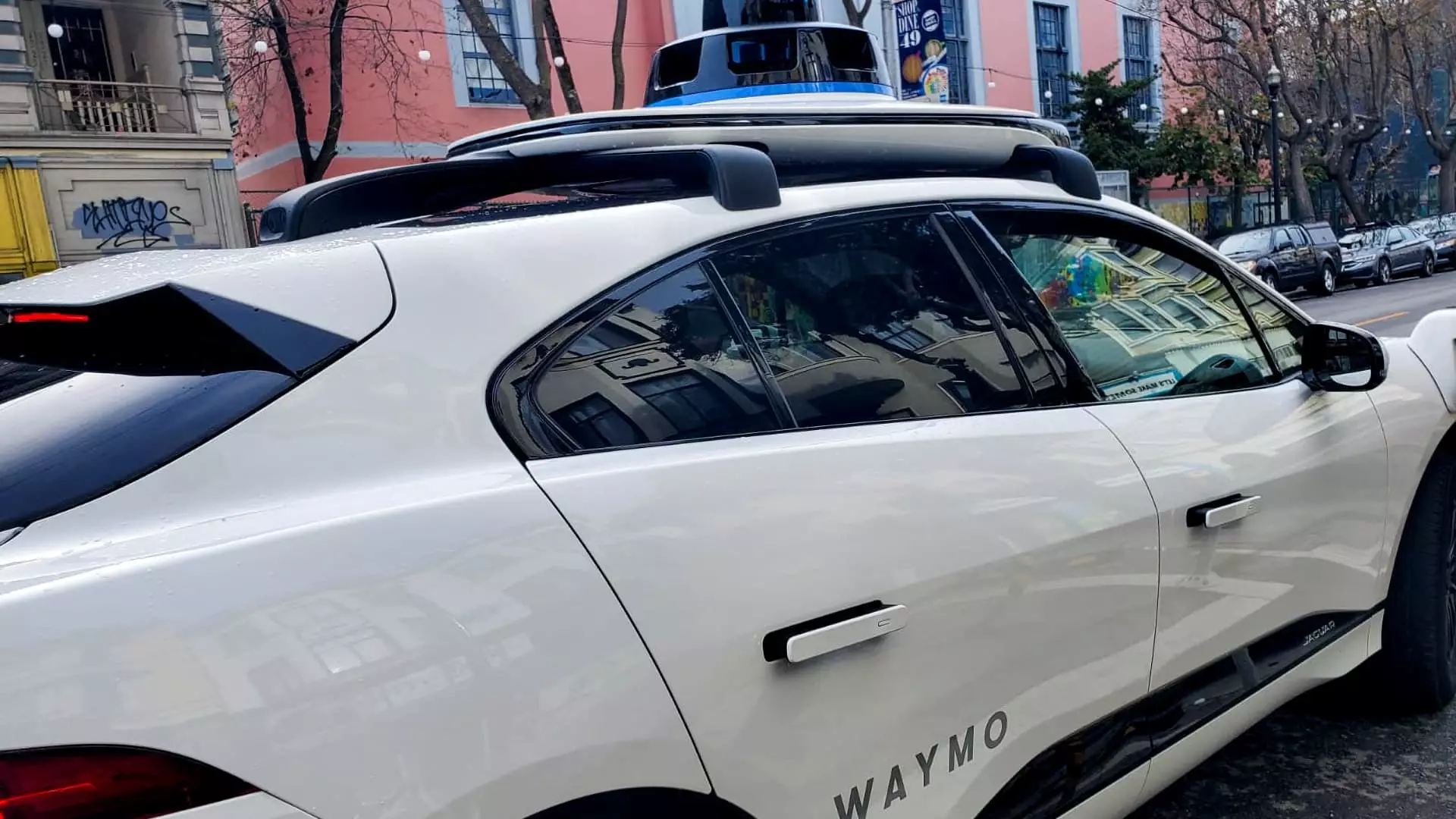Waymo, the autonomous vehicle division of Alphabet Inc., is making waves in the realm of self-driving technology as it announces plans to conduct trials in Tokyo, Japan by early 2025. This strategic move signifies a crucial shift for the company as it sets its sights on international markets, broadened horizons, and innovative mobility solutions. This ambitious venture underscores not only the technological prowess of Waymo but also its determination to integrate seamlessly into the public transportation systems abroad.
Collaborative Partnerships: The Key to Success
In its quest to navigate the intricate landscape of Tokyo, Waymo will collaborate with Japan’s largest taxi firm, Nihon Kotsu, and the taxi-hailing application GO. This partnership is essential, as it leverages local expertise and infrastructure, enabling Waymo to maximize its understanding of the urban environment. The collaboration will commence with Nihon Kotsu drivers engaging in manual operations of Waymo’s fleet, specifically the Jaguar I-PACE models, to meticulously map pivotal districts in Tokyo such as Shinjuku and Shibuya. This phase of the process not only charts critical geographical data but also facilitates the fine-tuning of Waymo’s artificial intelligence systems based on real-world driving conditions.
Waymo is not just relying on local tests; it will also simulate Tokyo’s traffic conditions on a closed course in the U.S. This dual-testing approach emphasizes the importance of adaptability and thorough research ahead of its full-scale launch. Understanding the nuances of Japan’s road regulations, cultural driving behaviors, and urban layouts is crucial for ensuring that Waymo’s technology can cater effectively to the needs and safety requirements of Tokyo residents.
Through this new initiative, Waymo aims to position itself not merely as a provider of robotic taxis but as an integral component of Tokyo’s broader transportation network. The company envisions a symbiotic relationship with local authorities, community stakeholders, and transportation officials. “Our upcoming road trip to Tokyo gives us the chance to work alongside local partners,” commented a Waymo spokesperson, highlighting the company’s commitment to embracing the local culture and contributing positively to urban mobility.
Contextualizing the Move within Global Trends
Waymo’s entry into Japan arrives amidst a whirlwind of developments in the global autonomous vehicle arena. While it explores opportunities in Tokyo, other American companies are recalibrating their strategies. For instance, General Motors’ decision to withdraw from its Cruise robotaxi division, as well as Honda’s cautious approach to launching its driverless services, illustrates the volatile nature of this sector. This backdrop amplifies the significance of Waymo’s upcoming trials as the company seeks to solidify its position in a competitive landscape, especially in light of its U.S. expansions in cities like Miami, Los Angeles, Austin, and Atlanta in 2024.
Japan’s Unique Market Dynamics
Japan, with its aging population and high urban density, presents a unique challenge and opportunity for autonomous technology firms. Local governmental bodies view self-driving technology as a potential remedy to address the mobility needs of an older demographic. According to research by the World Economic Forum, the integration of driverless technology could significantly enhance the quality of transportation for those who may be less mobile. This confluence of socio-economic factors provides a fertile ground for innovations in transportation technology, indicating that Waymo is treading on promising grounds.
As Waymo prepares to launch its testing phase in Tokyo, the implications of this initiative extend far beyond robotaxis. By forging local partnerships and engaging in thorough testing protocols, Waymo is poised to influence the future of urban transportation not only in Japan but potentially around the globe. If successful, the project could serve as a model for how autonomous vehicles adapt and thrive in diverse, international environments, paving the way for a new era in mobility solutions that are not only intelligent but also culturally attuned to the city they serve.

